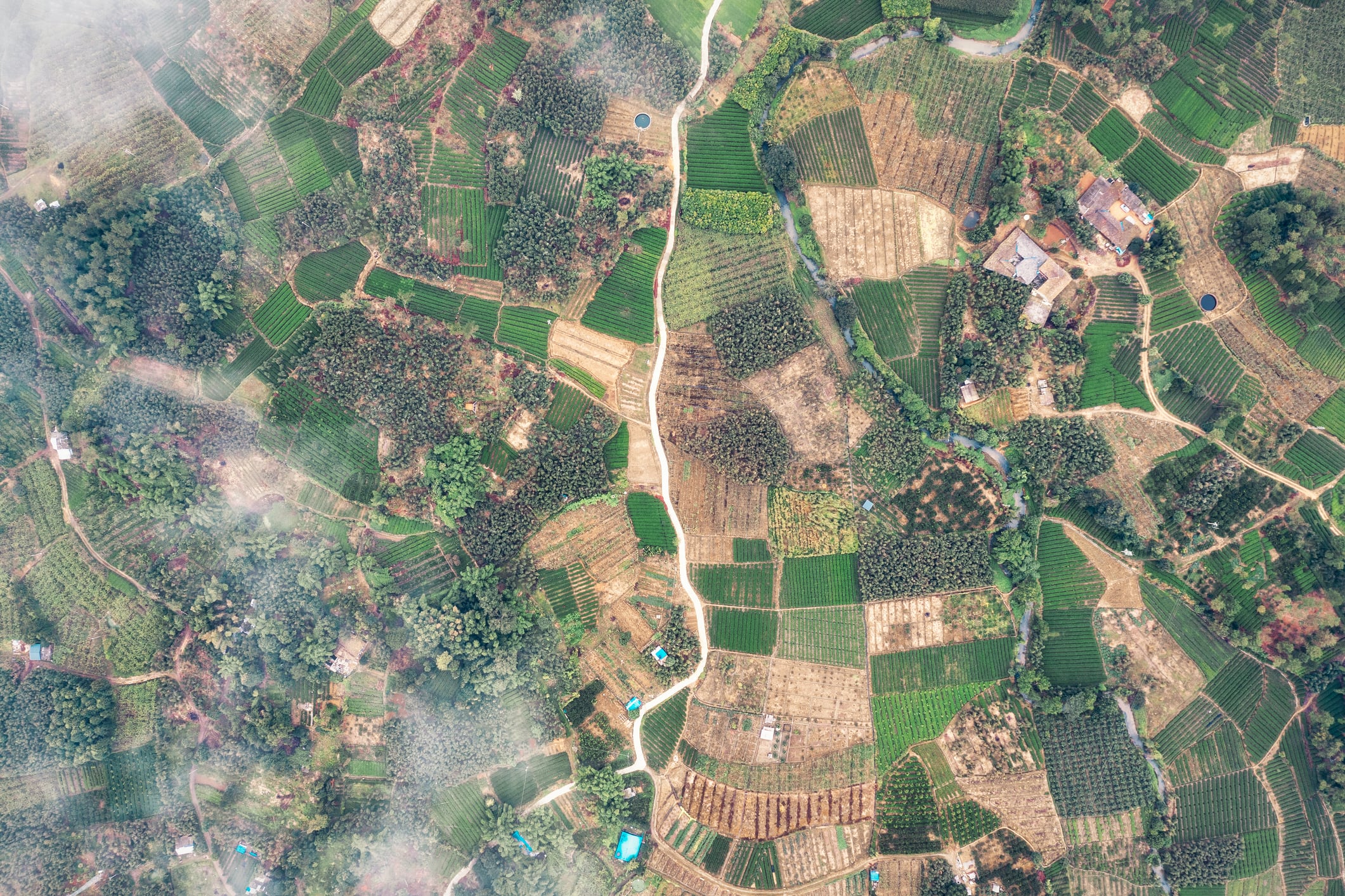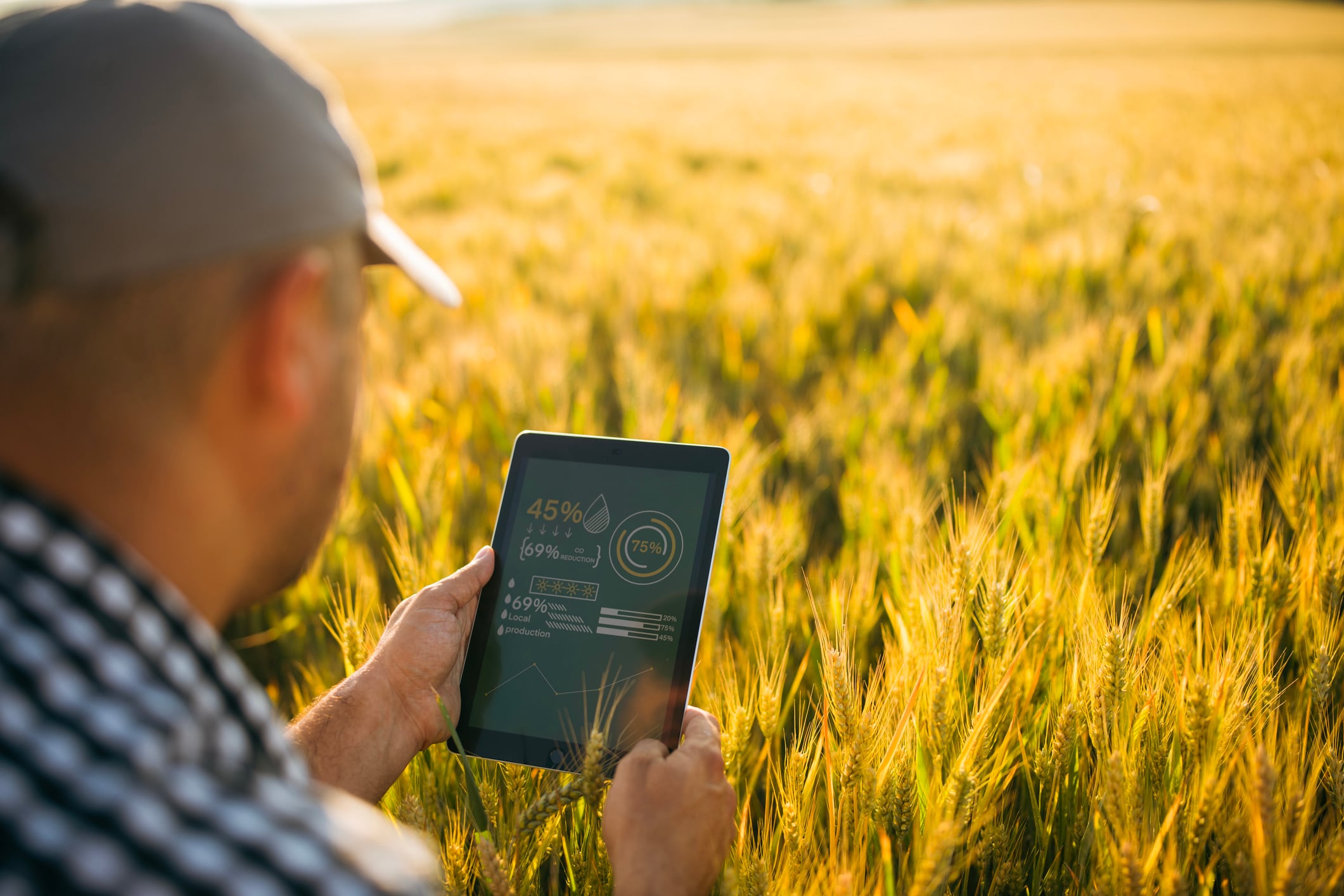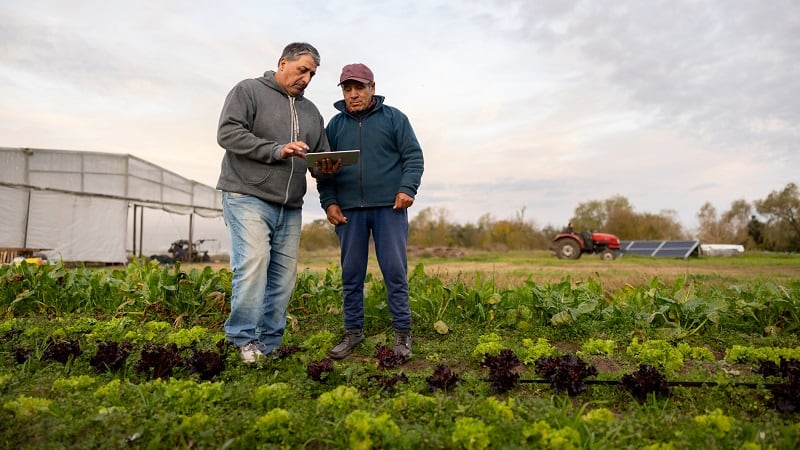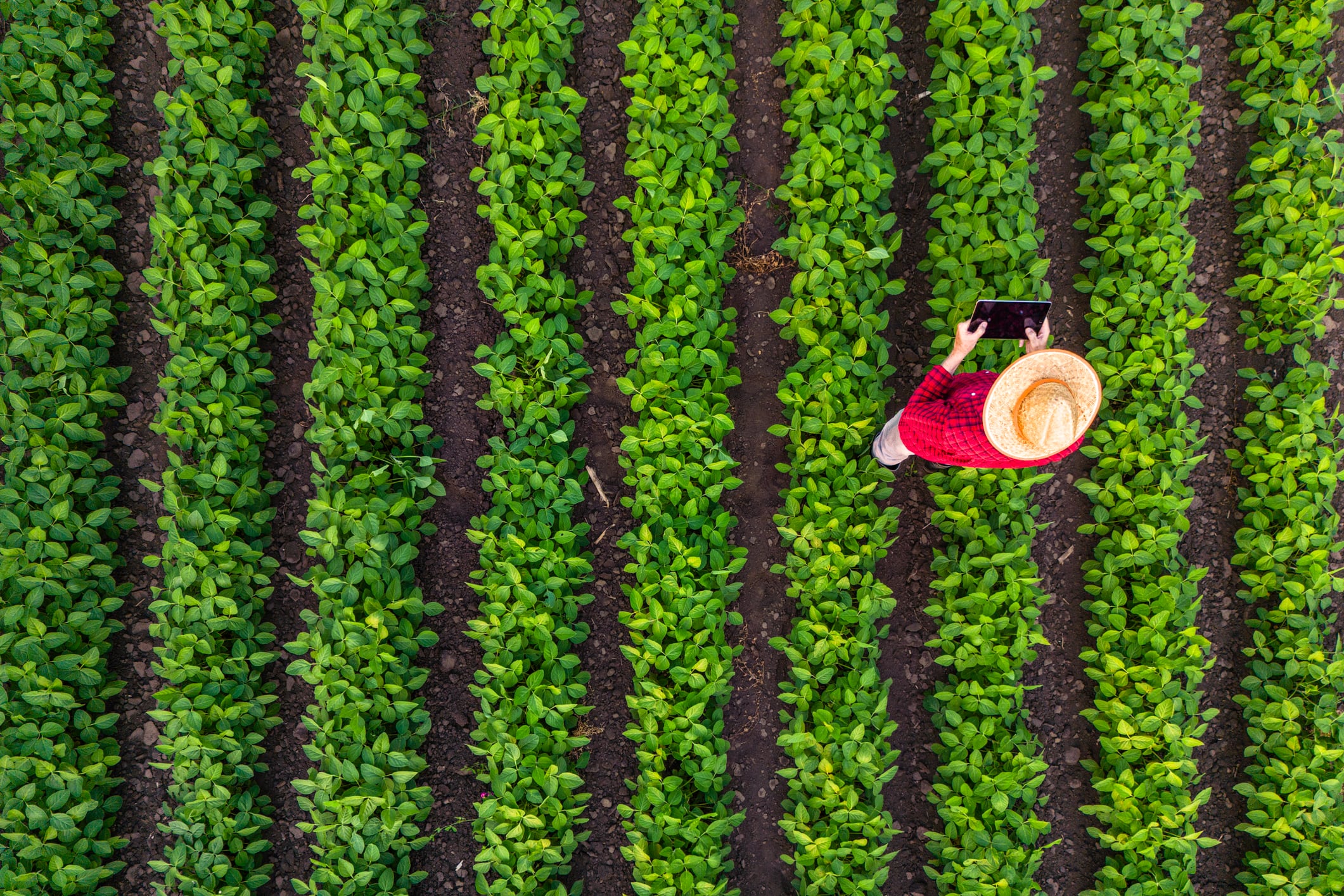Messium combines the latest in satellite imaging and artificial intelligence to deliver practical, field-ready insights for farmers.
Using hyperspectral satellites that capture detailed images of crops across hundreds of wavelengths, Messium’s system “sees” exactly how much nitrogen is present in each part of a field.
Advanced AI models then analyse this satellite data alongside weather, soil, and farm management information, to build a real-time picture of crop health and nutrient needs.
Every week, farmers receive tailored recommendations on when and where to apply fertiliser.
For farmers, this means clearer decision-making and better results, said Messium’s CEO and co-founder George Marangos-Gilks.
“Farmers don’t want raw data; they want clear answers,” he told AgTechNavigator. “Our AI takes the satellite scans, compares them with weather, soil, and management data, then sends farmers a weekly ‘to-do list’: where, when, and how much fertiliser to apply. No guesswork – just practical decisions that save money and boost yield.”
Hyperspectral vs traditional imagery
Most systems look at crop greenness or biomass, he added. “Only hyperspectral can actually see the nitrogen wavelengths that matter. That’s the game-changer – it’s not a proxy; it’s the real signal.
“Traditional imagery might give you a blurred view – NDVI [The Normalized Difference Vegetation Index – a widely used remote sensing metric that measures the health and density of vegetation using satellite or aerial sensor data] mixes nitrogen and biomass into one signal. Hyperspectral breaks it down into up to 160 wavelengths. That lets us separate what’s green from what’s nutrient-rich - it’s like switching from black-and-white TV to 4K colour.
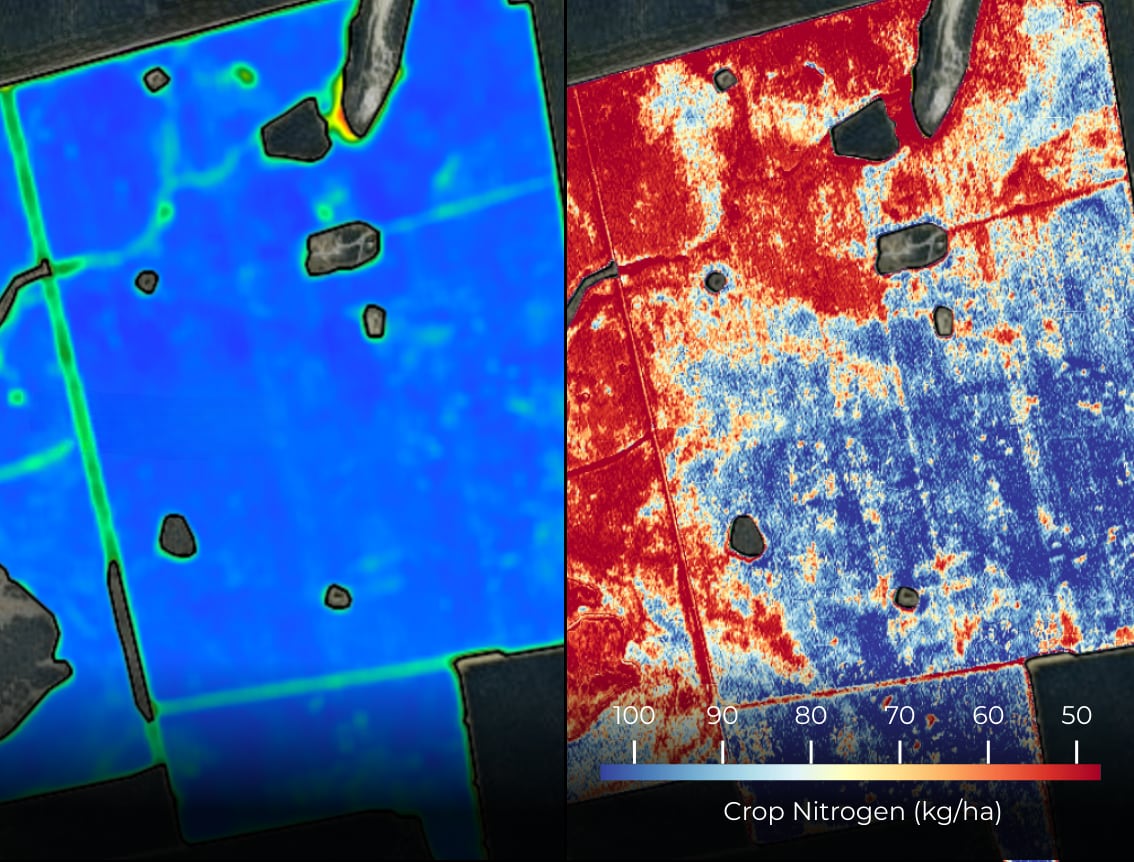
“In addition, conventional NDVI uses just 2 wavelengths. Messium uses up to 160, combined with machine learning. Our approach gives the right combination of wavelengths and applies the optimal weightings based on crop and soil conditions, maximising accuracy. This is only possible because of our proprietary dataset of 20,000 physical crop samples, advanced atmospheric correction, and machine learning models.”
Measuring nitrogen concentration is more effective than crop biomass in preventing under- or over-fertilising, he stressed. “Every biomass level has an optimum nitrogen %. If you just look at size or greenness, you can’t tell if it’s hungry or overfed. Nitrogen is the missing piece of the puzzle - and we’re the first to unlock it at scale.”
Nitrogen insights from space
Supported by the UK Space Agency, European Space Agency, Innovate UK (The UK’s national innovation agency), and leading agronomy researchers, Messium’s system is being used by over 75 farms across the UK and Europe this year, with additional pilots underway in Australia, New Zealand, Canada, and the US.
Messium’s 2024 trials across Europe and Australia, using more than 13,000 lab-validated crop samples, found that over 50% of fields were incorrectly fertilised – leading to wasted input costs and unnecessary emissions. Messium’s technology enables a data-driven approach to tackle these inefficiencies, it said.
“We’re starting with nitrogen because it’s the biggest cost and sustainability issue,” But we’re already building towards maize, barley, oilseed rape, pasture – and disease detection like fungal infections. This is just the beginning.”
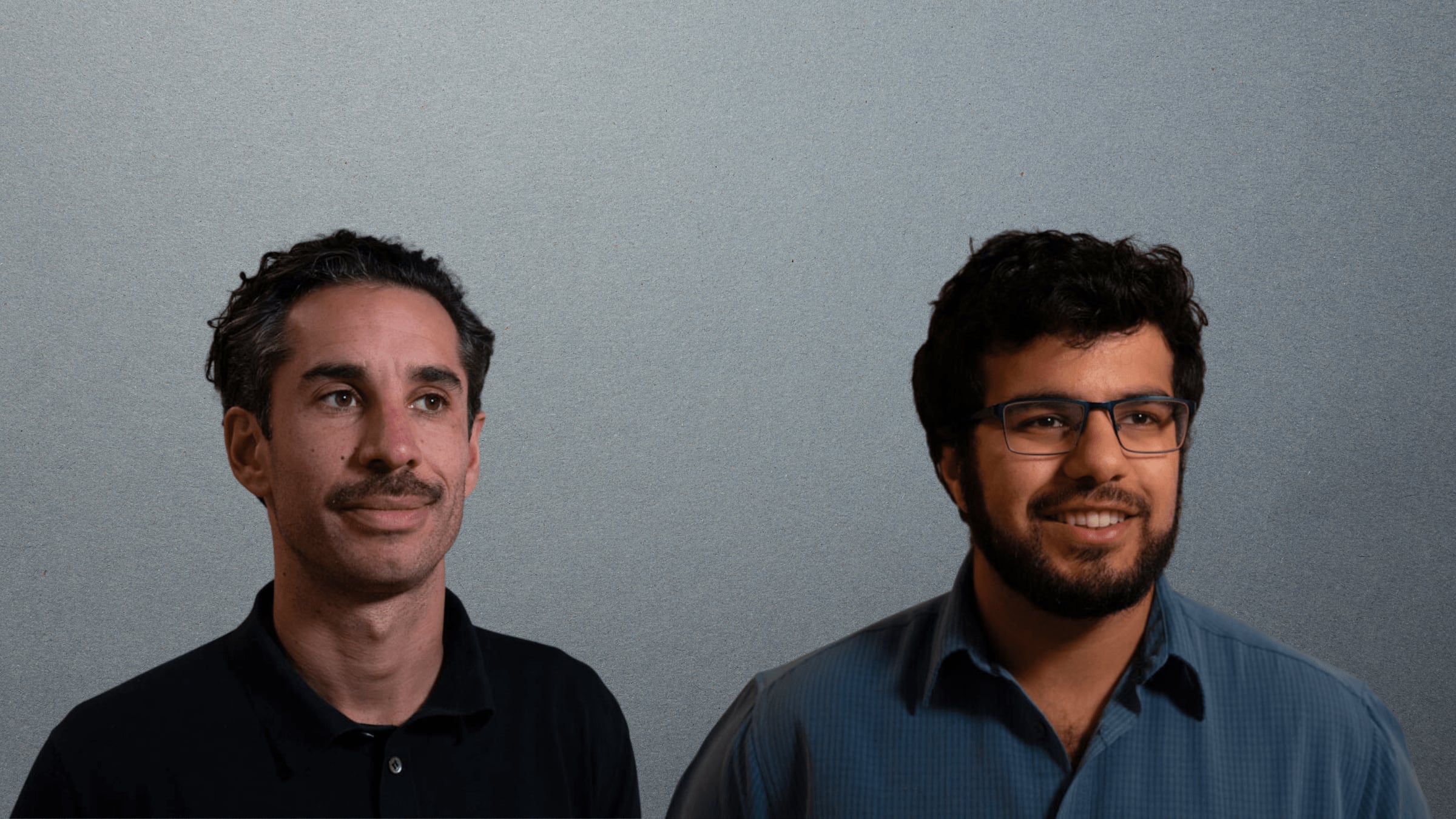
Demand outpacing supply
The new capital will accelerate Messium’s commercial rollout in the UK, Europe, and Australia, expand its network of research and farming partners, and scale up the company’s data and analytics infrastructure.
Asked what are the company’s main bottleneck to scale, Marangos-Gilks said farmer demand is actually outpacing supply. “The real bottleneck is satellites – there simply aren’t enough in orbit yet to serve every field, every week. But as more go up, we’ll scale fast. We’re also integrating into major precision ag platforms, so farmers get our insights in the tools they already use.”
The seed round was co-led by the UK Innovation & Science Seed Fund (UKI2S, managed by Future Planet Capital) – with investment drawn from UKI2S’s ‘Space’ portfolio (backed by the UK Space Agency) and Expansion Aerospace Ventures
Dr Craig Brown, Investment Director at UK Space Agency said: “Messium’s success demonstrates the transformative potential of space technology in addressing critical global challenges.”
The company is also now preparing for a Series A round to accelerate international expansion and deepen its technology leadership.


